At this point, every driver across the country knows the pain of gas prices at the pump. In our previous article, High Gas Prices are Affecting How RVers Plan Their Next Trip, published in March, we discussed the effects high gas prices were having across America, specifically on those planning their next RV trip. Now, three months later, prices continue to soar as we get into the peak summer months, and RV travelers still have to adjust.
Since our last visit to this topic, the country has seen record-high gas prices with some paying over $5 a gallon; a cost of road travel that has never been seen before according to Forbes. And RV travelers are paying in more than one way.
In RV Trader’s previous survey of over 1,800 shoppers that were considering taking an RV trip in the following three months, just over half (51%) stated that high gas prices have caused them to adjust their trip. Now three months later, RV Trader has asked their audience the same questions and unfortunately, not much has changed.
In March, the number of travelers having to make adjustments to their upcoming trip in the next three months was 51%; that grew slightly to over 57% now adjusting their plans to account for their gas budget. While not a dramatic increase, the rise of those concerned is not surprising.
Just like in March, the best solution RVers believe they should resort to in order to save gas is to just drive less. Although an RV is meant to be a home away from home, over 50% have decided to stay local and travel fewer miles. Additionally, 4% more travelers have opted to skip their multi-location road trip and instead settle in and enjoy one stop for longer (36%).
Another solution for many is to shorten the duration of their trip with 18% heading home early in March. This remains true in our June survey with 20% making this their plan. Sadly, in a worst-case scenario, both surveys found around 21% of RVers had to make the tough call to cancel their trip altogether.
Some, however, are going a whole different route by considering a new purchase that will offer more bang for their buck. Over 10% of respondents said they are considering purchasing a more fuel-efficient unit for their excursions.
In addition to the last survey, RV Trader wanted to dive deeper into exactly what it took for vacations to be swayed or even canceled. More specifically, at what point was the cost too much? For 54% of respondents, the answer was when gas prices reached the $4 per gallon point. They began to remap after that. For the majority of others (43%), the $5 per gallon fillup was more than they were willing to pay to stick with their original plans.
With so many having to cancel or adjust their plans and gas prices still on the rise, there was one more important question to be asked of those still anticipating taking an RV vacation: what is the highest you’ll be willing to pay for gas before canceling a trip?
Living in different areas, some are used to paying top dollar to fill up their tank, but every budget has its limits. For 50% of our survey respondents, $5 per gallon was their cap. Another 20% said they could stretch to $5.50, but no more. And 19% said $6, while the remaining 11% were willing to go for $6.50 to $7 as their absolute max! Yikes!
No one wants to cancel their fun summer plans. But, that’s the great thing about RVs, they offer a flexible vacation to still make the most of the warm months outdoors. Whether you enjoy nature a little closer to home, stick in one spot for longer, spend a little less time away, or decide to camp in the backyard instead, there is still fun to be had despite the rising gas prices.
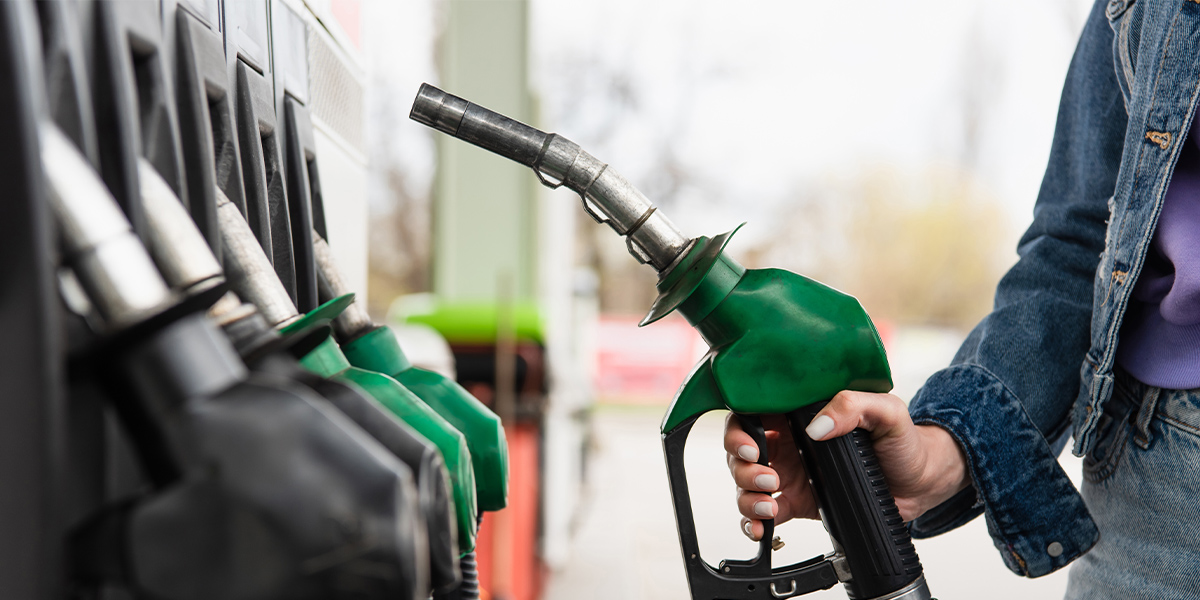
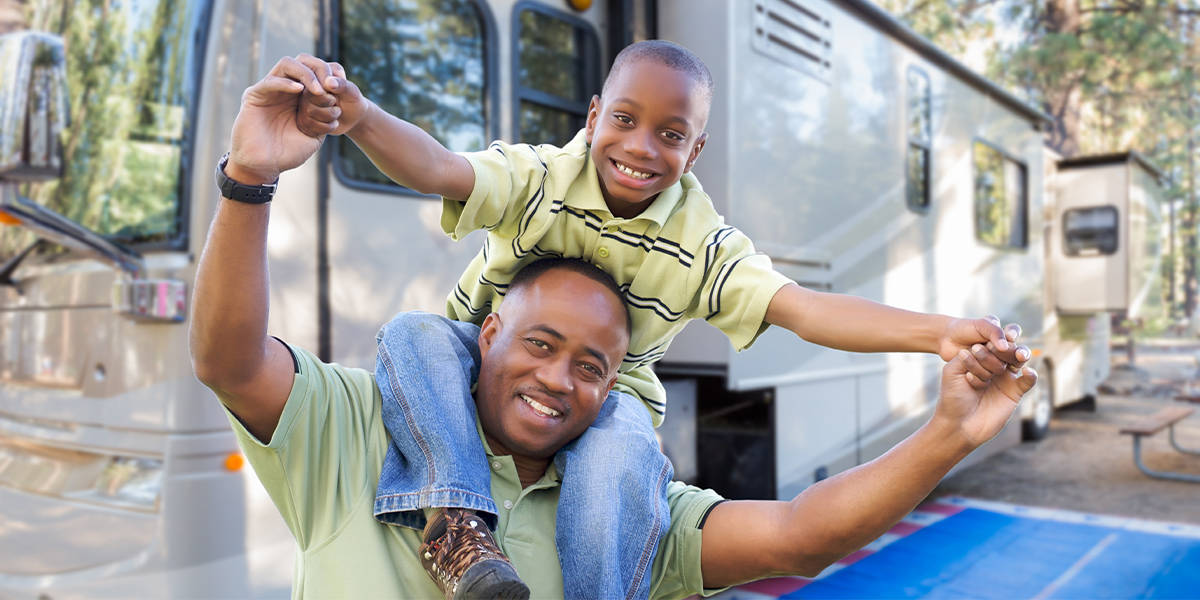
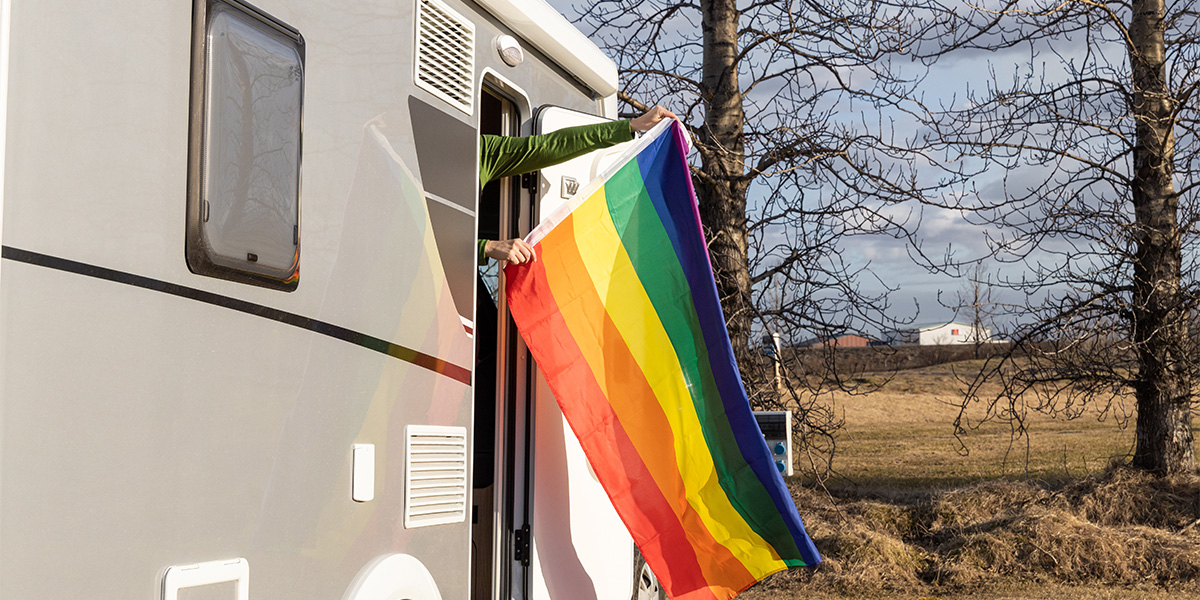
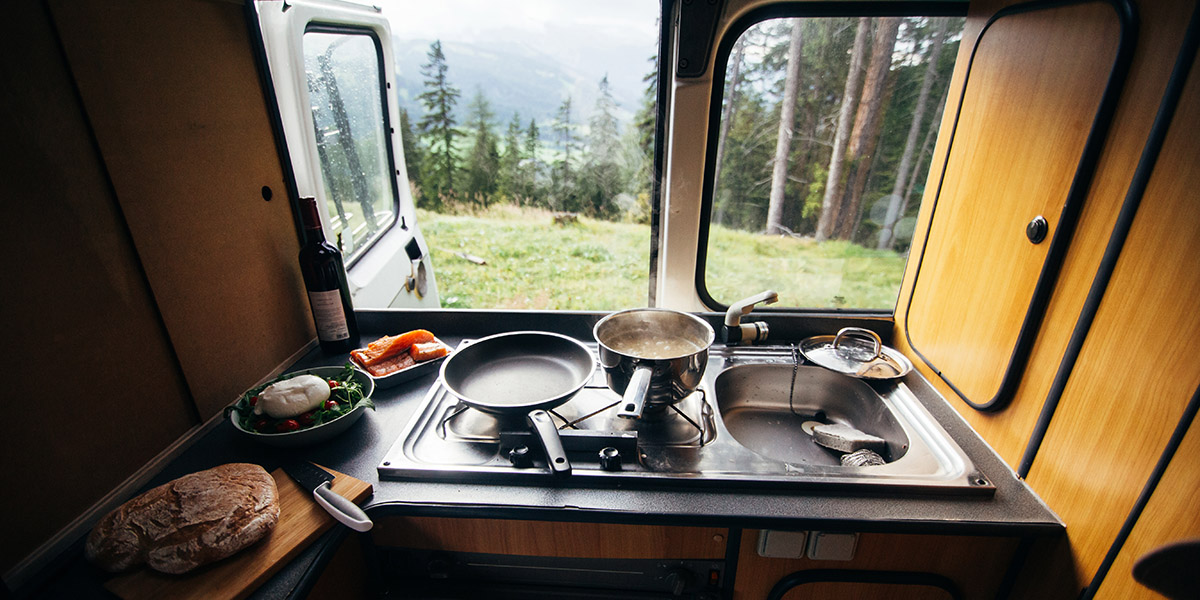
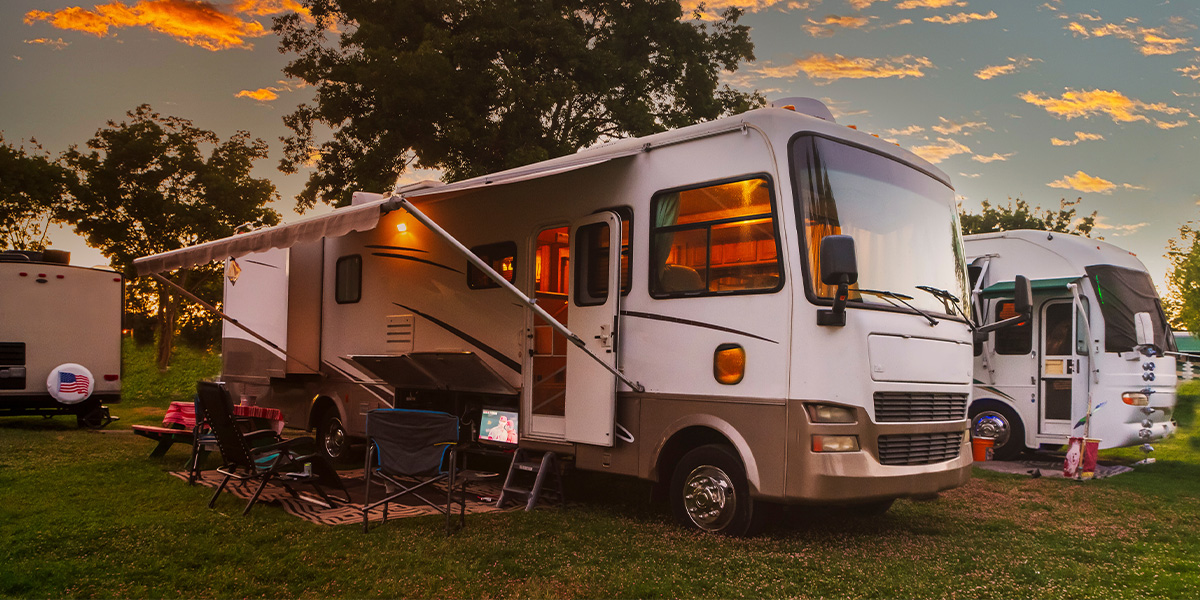
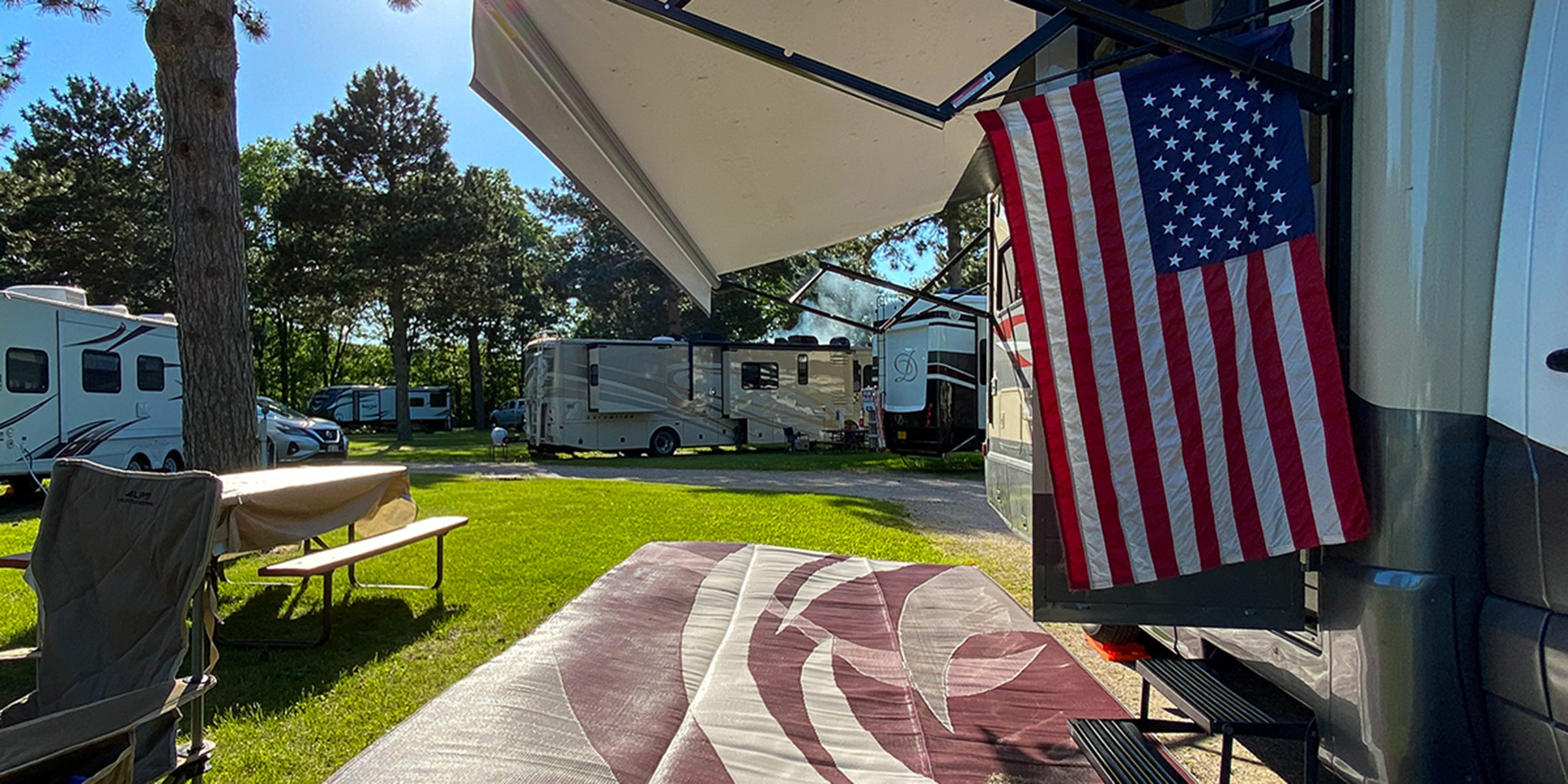
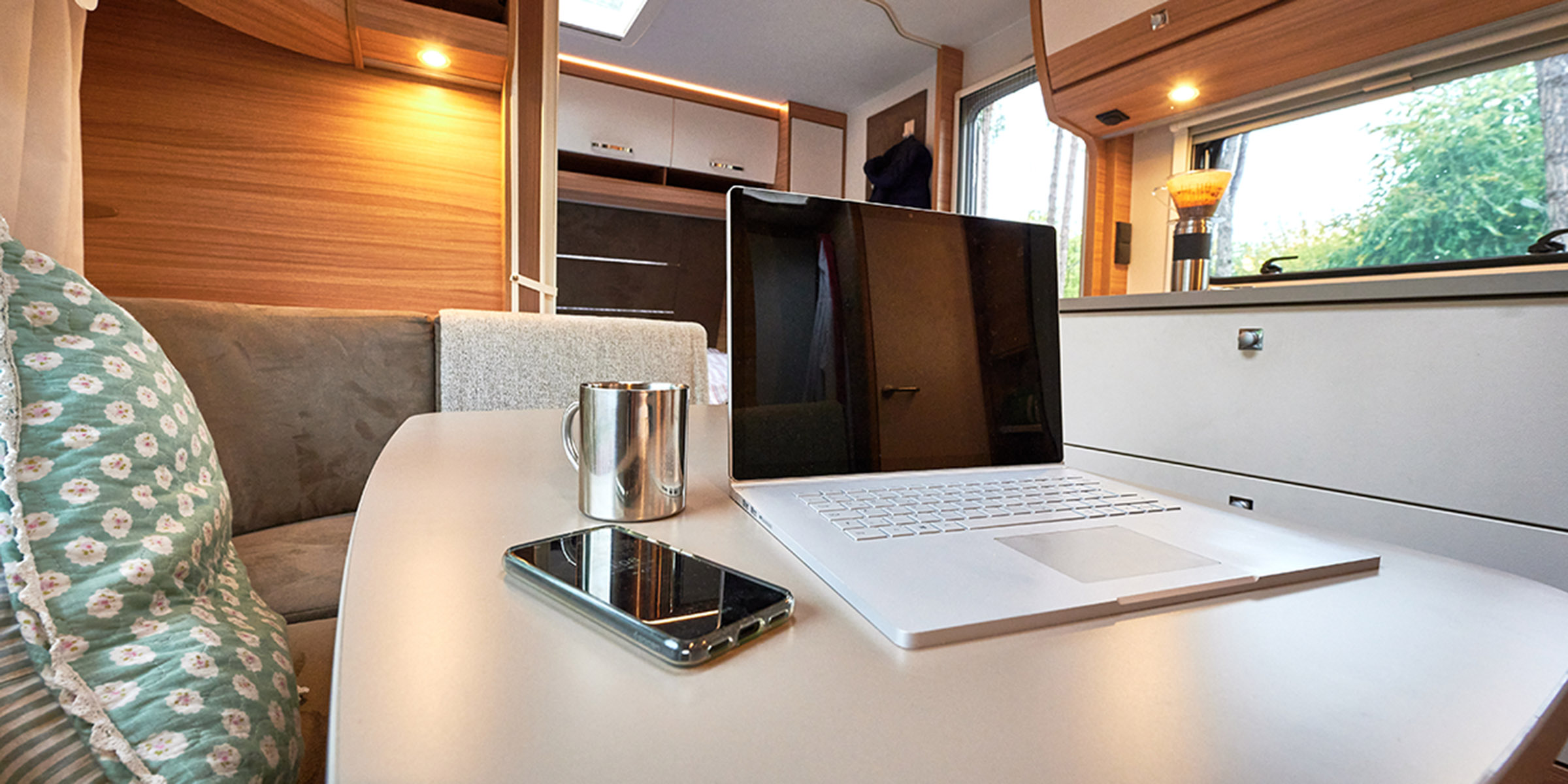
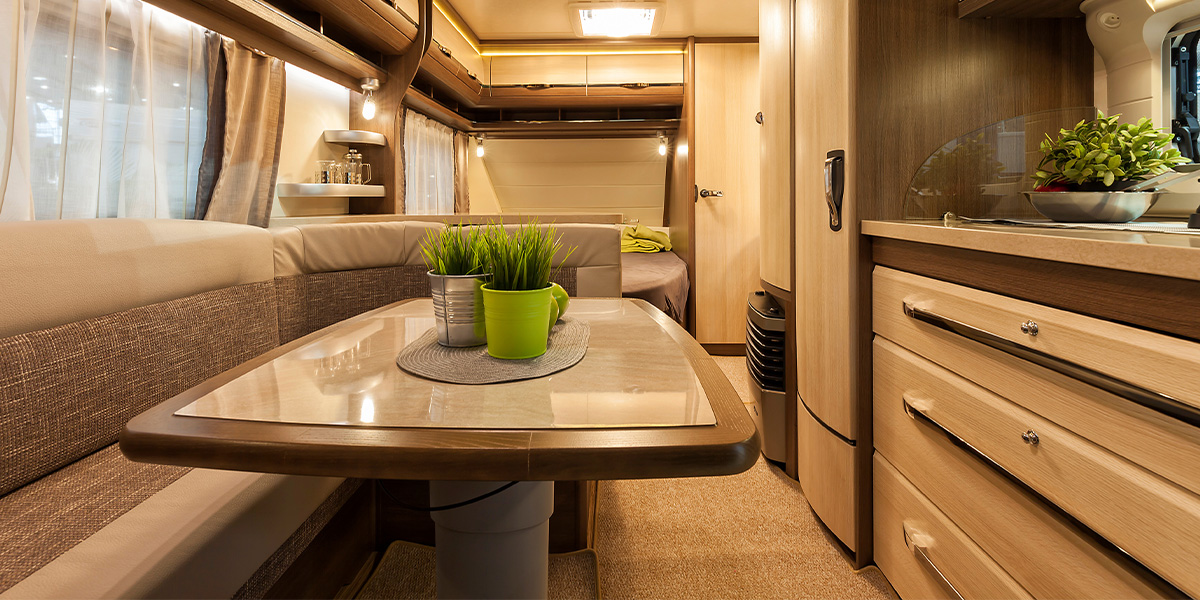
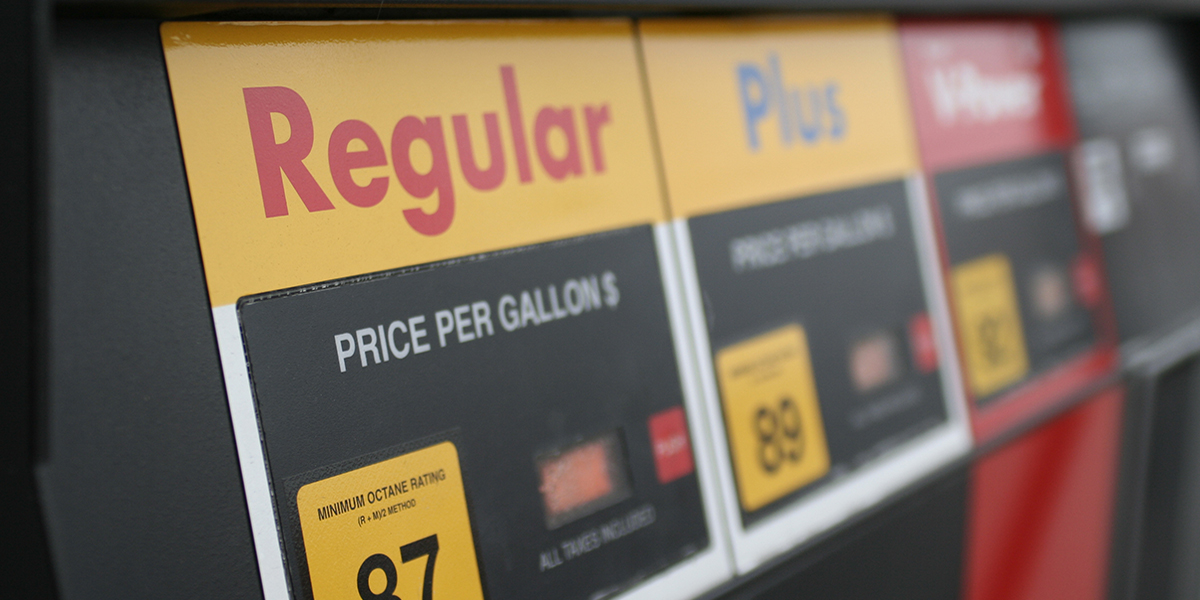
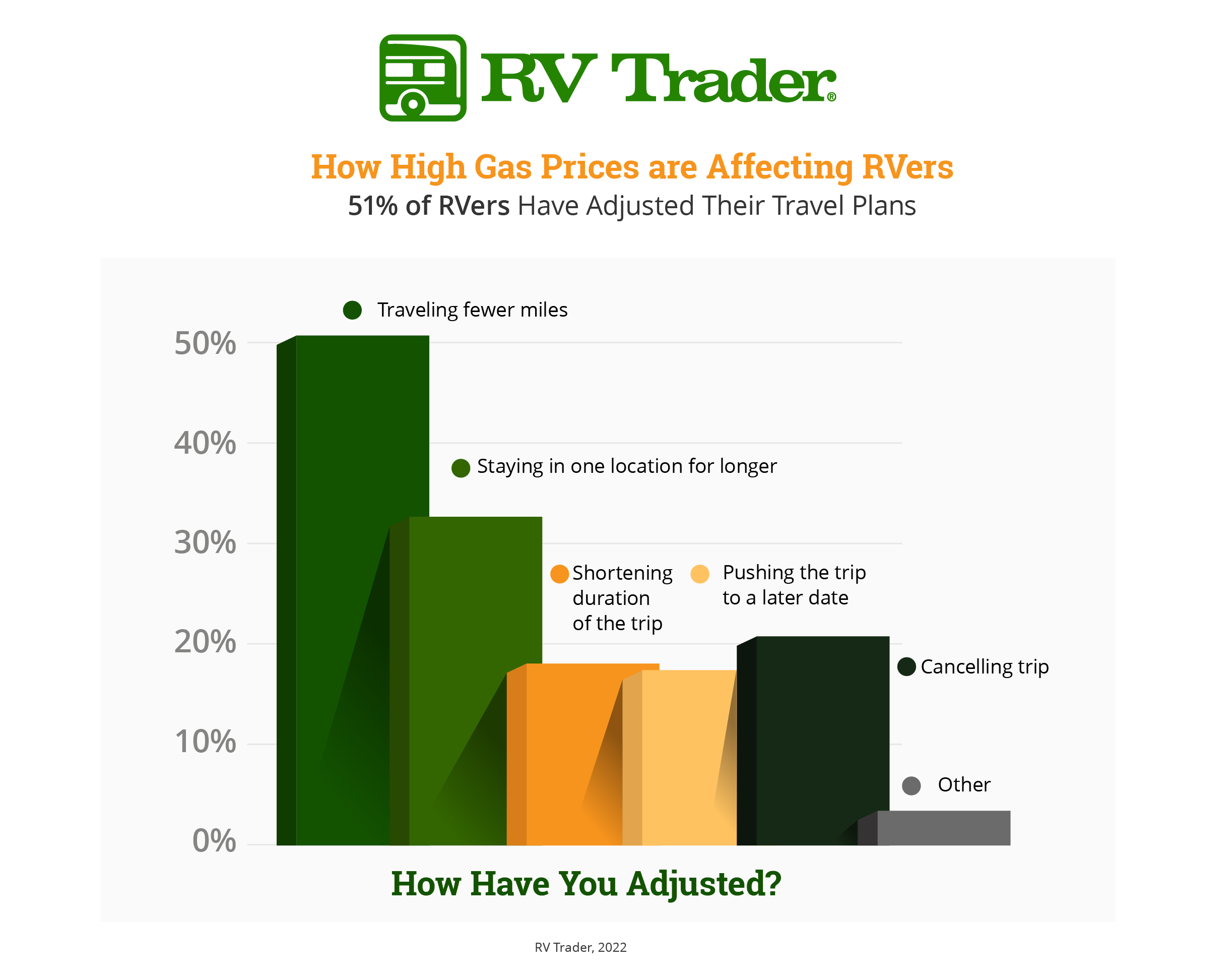
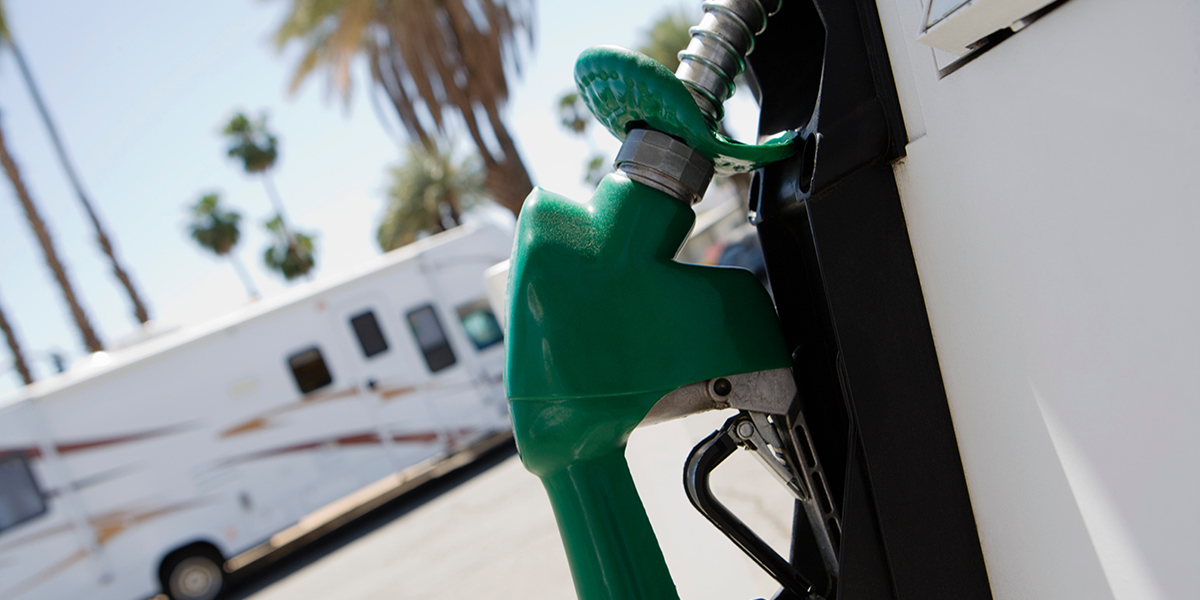
 FMCA
FMCA